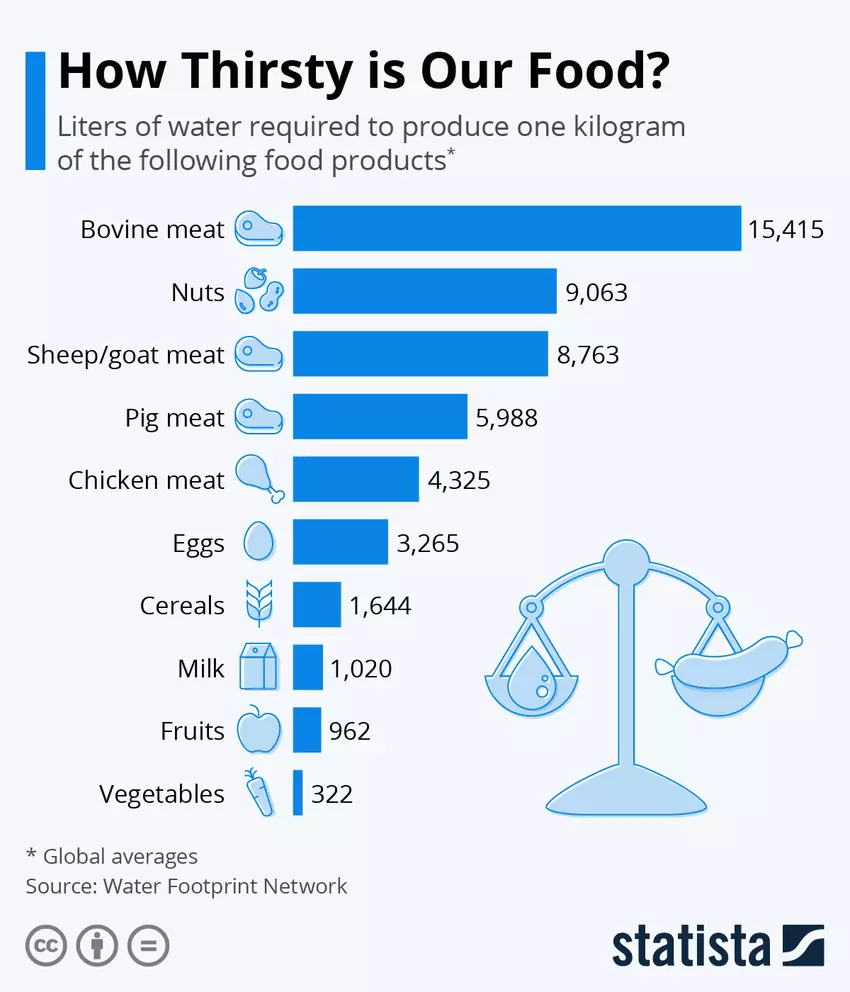Climate Change Solutions
Restoration and repair of the Earth’s damaged ecosystem is the most important task of our generation
The urgency to react on climate change has become clear.
Our weather is going wild already. Comparing actual weather behaviour with people’s comportment in our digital age, real climate change solutions are discussed, but discussions won’t solve the problem.
The health of the biosphere our children will have to live with depends on choices we make today.
We need to think long-term and act with understanding
We can’t live our lives in crisis mode, focused only on solving one problem after another. Humans also need a reason to look forward to getting up in the morning. We need hope in order to act effectively.
Our planet is changing faster than at any time on historical record. Researchers predict that the weather changes that are now inevitable will impact agriculture, resulting in crop failures and reductions in yields, while the number of people continues to increase.
Our children will suffer food shortages in the hotter climate coming.
The collision course between human needs and a more hostile climate will bring a catastrophe upon us if we do not find solutions for alleviating global warming. The need for a rehabilitation of our soil, air, water, fauna and flora to be able to provide for humanity is urgent.
What climate change solutions are at our hands, and what can we do?
Leading scientists and activists all over the world are calling for urgent action to stop global warming. Technological solutions in fields such as geoengineering will not be enough to stop the coming changes caused by the greenhouse effect.
Fortunately we have well tested technology at our disposal which is more cost effective and can be applied on a massive scale. We need to change our consumer habits just a little bit and think more in terms of: reduce, reuse and recycle to conserve our environment. There is no better tool for air purification than a tree, in its relationship with living soil.
The earth’s soil stores 2500 Gigatons of carbon. This is four times more than the carbon in all the plants and animals above ground and three times the carbon in the atmosphere. Restored soils with a high diversity of plants can lock down three times more CO2 than damaged soil with low biodiversity, and deep rooted plants sequester carbon for much longer at deeper levels. If the land is so badly degraded that it doesn’t support vegetation this results in a domino effect that changes hydrological cycles and other dynamics in the atmosphere, and thus alters the climate passing important tipping points.
Stopping desertification and re-greening the planet can only be a small part of the solution
A regreening plan for the earth is necessary, but it is not the whole solution. We also need to manage our resources different, primarily to limit litter and waste. Instead of turning valuable raw materials into garbage, a circular economy could reduce, reuse and recycle our materials and resources. This could work on industry level as well as in our daily live.

We all need to modify our habits before we
pass the point of no return
Our human activities in recent history are seriously endangering the future of our children. On earth the systems which support life need all their parts to be fully functional. Even such small creatures as insects are important in ensuring our food supply, but insect numbers have declined by 70% globally. This doesn’t even include those that are on the brink of extinction. Our species is so destructive, and this promises a bleak, uncertain future. We try to curb the destruction of the environment with tree planting, soil improvement and the best possible education for our children. Facing global threats and all the changes that are coming, mass engagement of all people around the world is essential to support many local actions aimed at protecting the environment.
Humans may feel they have the upper hand and can control nature, but a bolt from the blue, such as a global pandemic, reminds us of our fragility and impotence. These acts of nature such as extreme heat waves, swarms of locusts, turbulent storms, violent winds, devastating floods, and long-lasting plagues are occurring with growing frequency and ferocity. That shows we have upset the balance of nature, and it’s wrath is turned on us. Is there a way to ensure a safe future?
It is quite clear that the actions we take affect the ecological environment and throw the natural system out of balance
It is not clear what the consequences of our actions will be. Neither is it obvious where the next blow will fall, nor how it will manifest itself. We are subject to a system so complex that we are incapable of understanding the thousands of connections in the network, or web of life, of which it is composed.
A full grasp of the complexity of nature and all the possible agents damaging its integrity is beyond us, intellectually, emotionally and scientifically. Adding to the murkiness and lack of insight, what happens in each and every interaction between man and nature is prescribed by ruling elites with self serving agendas unknown to us, and perhaps alien to our best interests.
How to stop Climate Change
Many institutions are working to reduce human harm to nature, but such activity alone will not solve the imbalance between our needs and the capacity of nature to carry us, which is the reason for environmental catastrophes starting with a global warming.
Why will reducing harm to nature not be enough?
It fails to address a deeper cause for the ecological imbalance that harms the environment.
The most destructive force against nature is the egotistic self-interest which shapes interaction between human beings.
Any force acting on nature and affecting a part of it will also have an effect on all the other parts of the system to a greater or lesser degree, ruled by nature’s system of essential connections and dependencies. This system operates hierarchically so that the effect any one action has depends on the hierarchical ranking of the actor. The human race stands at the most highly developed level in the hierarchy, therefore human influence on nature is the strongest.
Any human individual has relationships of differing intensity with the other hierarchical levels, such as the inanimate, vegetative, and animal levels of nature, but has the most intense relationships with other humans.
Unfortunately, human relationships are characterized by their level of egoism.
Any sentiment between people, expressed in either action or thought, whether jealousy, hatred, respect, corruption, domination, humiliation or joy, all affect the balance of the natural network in its entirety.
When a negative man made influence acts on the system, it is other humans who suffer the direct and most intense consequences.
This makes human beings the most vulnerable creature in the natural system. As soon as this hierarchical dynamic becomes clear to us, we can get to the root of the problem.
The current of social change and urbanization is carrying us away from the ‘we’ of old village life towards the ‘me’ centred society more typical of urban people. Competition within the throng of people causes the intensification of human egoism, characterized by self-concern and exploitation of the surrounding environment.
At a time when the world is becoming so interconnected, increasing the impact of humans on each other, this greater egoism leads us into threatening situation.
It forces us to address how we relate to our environment and other people and work hard to improve the impact of our actions. We have no option but to understand that in the whole ecosystem there is integrity and reciprocity. In order to survive the 21st century we need to transform our own nature, our inherently selfish thoughts, actions and desires. We need to act in the interests of others and the environment, because we are in this together, in this sinking ship, and human selfishness got us here.
There is a practical way to realize this transformation. Wisdom is the key. We need to recognize that we are part of a single, connected mechanism, that we are all dependent on each other, and dependent on nature as it depends on us. We need to learn how to get past our naturally negative, egotistic tendencies and appreciate that doing good to others is doing good to ourselves.
If we truly believe this, then we will have the mindset and emotional attitude to act in mutual consideration. With this mutuality as a constant purpose, our impact on the rest of the natural system will be positive. The inanimate, vegetative and animal levels of nature will be able to return to a state of balance.
Just as today we are the ones who destroy all of nature, we also have the power to repair it
Our actions today will determine the future of life on earth. We aim to mobilize whoever we can, as citizens of this planet, to act like true warriors and engage, doing our best to undo the damage we have done, combat environmental degradation and and find a climate change solution.
What can you do to stop climate change? GREENPEACE might have a solution for some of our readers, but to look at our associates projects will offer some other possible answers.
